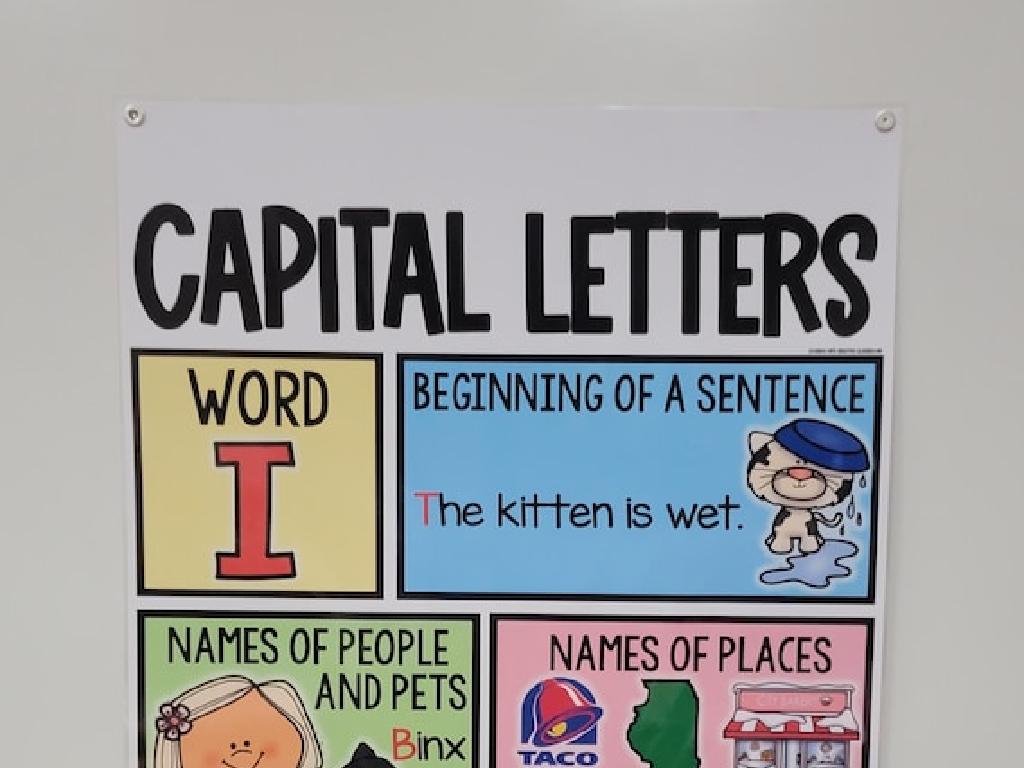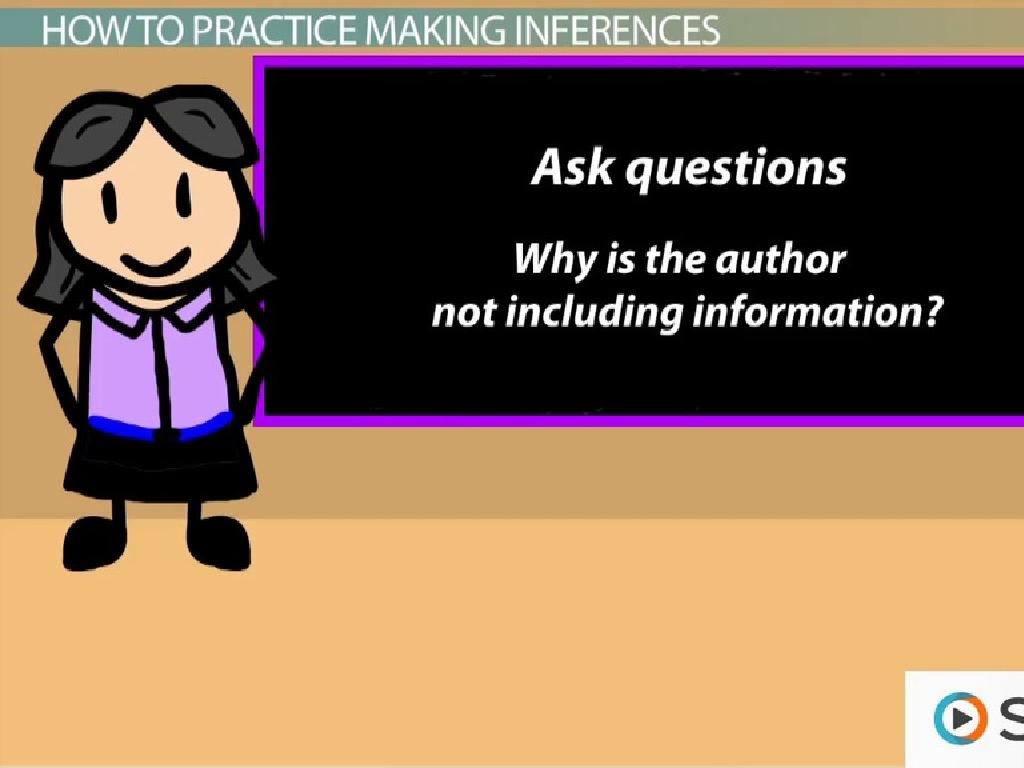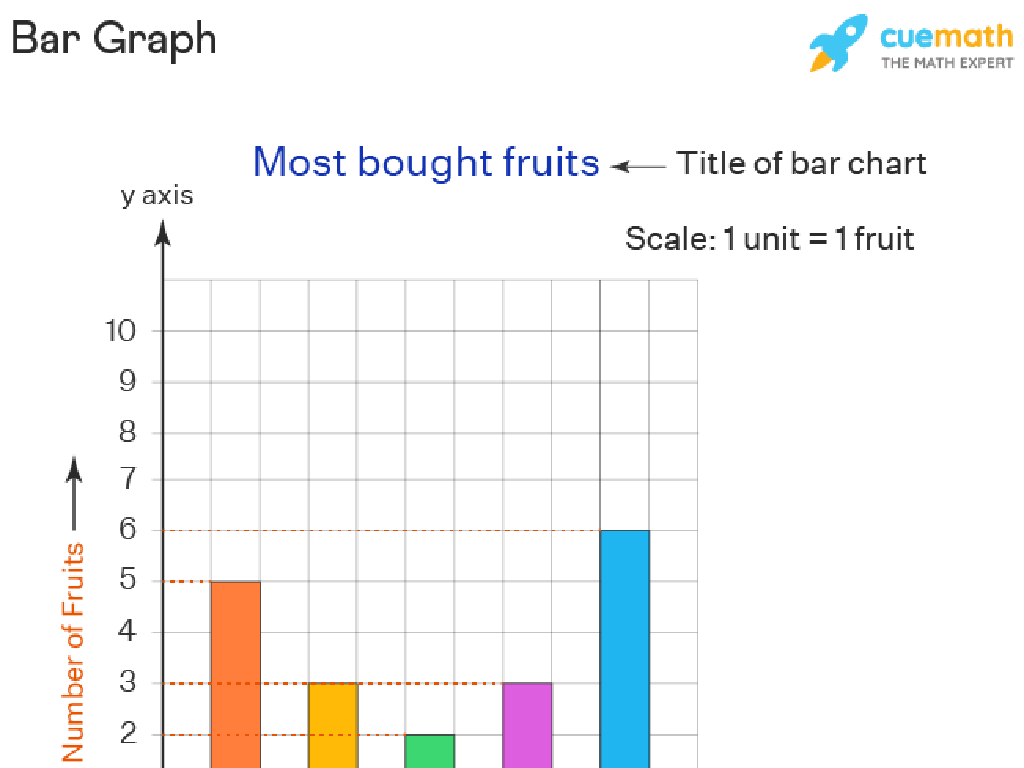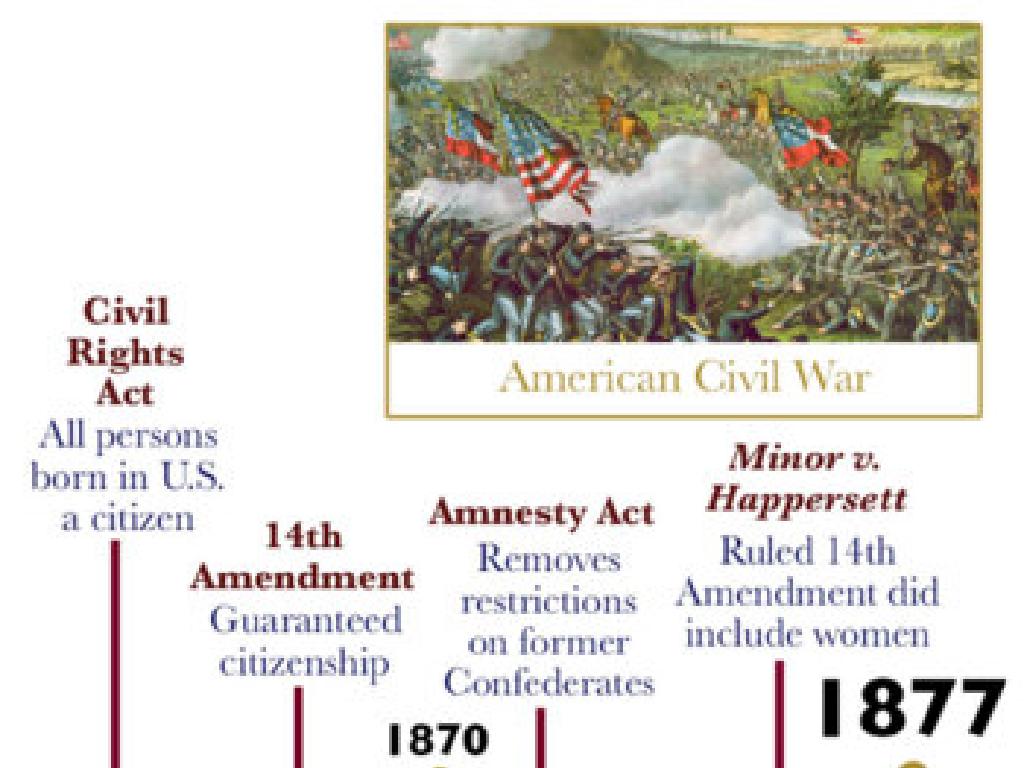Commas With The Names Of Places
Subject: Language arts
Grade: Third grade
Topic: Punctuation
Please LOG IN to download the presentation. Access is available to registered users only.
View More Content
Punctuation Power: Commas in Places
– Punctuation shapes our communication
– Commas help clarify writing
– Commas separate city and state
– Like a pause in speaking, commas in writing give us a break
– Example: Orlando, Florida
– Always use a comma between the city and state: Austin, Texas
|
This slide introduces the concept of punctuation with a focus on the use of commas in geographical names. It’s crucial to convey to the students that punctuation is like a tool that helps us make our writing clear and easy to understand, just like how we use pauses when we talk. Emphasize the role of commas in preventing confusion, especially when listing places like cities and states. Provide examples on the board and have students practice writing sentences that include city and state, ensuring they place commas correctly. This will prepare them for more complex punctuation use in their writing.
Understanding Commas in Place Names
– What is a comma?
– A comma is a punctuation mark (,)
– Commas signal a short pause
– Like taking a breath when reading aloud
– Commas affect sentence meaning
– They can change what a sentence is telling us
– Practice using commas with places
|
This slide introduces the concept of commas, specifically focusing on their use in geographical names for third-grade students. Begin by explaining that a comma is a small punctuation mark used to indicate a pause in a sentence. Emphasize that while the pause is brief, it’s essential for understanding the sentence correctly. Highlight how the misuse of commas can lead to confusion or a change in the intended meaning of a sentence. Engage the students with examples of place names, such as ‘Austin, Texas’ versus ‘Austin Texas,’ to illustrate the importance of the comma. Encourage students to practice by writing sentences with place names, using commas correctly. This will prepare them for an activity where they will apply their knowledge by identifying and correcting sentences with missing commas in place names.
Commas in Addresses
– Commas organize addresses
– Example: 123 Main St, Springfield, IL
– 123 Main St (street), Springfield (city), IL (state)
– Each address part is distinct
– Commas help us read addresses easily
– Practice writing addresses
|
This slide introduces the use of commas in addresses, which is an important skill for students to learn for proper punctuation. Explain that commas act like signals in an address, telling us where one part ends and another begins. Show the example on the slide and point out each part of the address separated by commas. Emphasize that without commas, it would be difficult to tell where the street name ends and the city begins. Encourage students to practice by writing their own address and then creating fictional addresses, ensuring they place commas correctly. This will help them understand the practical use of commas in everyday writing.
Using Commas in Lists of Places
– Commas help list places clearly
– Example: Paris, Rome, and London
– Shows a trip with stops in three cities
– Without commas, lists are confusing
– ‘We visited Paris Rome and London’ is unclear
– Practice writing lists with commas
|
This slide introduces the concept of using commas to separate items in a list, specifically focusing on geographical locations. It’s important for students to understand that commas act as a pause and make the sentence clear and easy to read. Without commas, the names of the places would jumble together, causing confusion. Provide students with examples of lists of places both with and without commas to illustrate the difference. Encourage them to practice by writing their own lists of places they would like to visit or have visited, using commas appropriately. This will help reinforce the concept and improve their writing clarity.
Your Turn: Identify the Commas
– Look at the board sentences
– Spot the commas’ locations
– Find where the city, state, or country names are
– Let’s place commas together
– We’ll add commas in the correct spots as a group
– Share your answers with the class
|
This slide is an interactive class activity designed to help students practice using commas in geographical names. Start by writing sentences on the board that include city, state, and country names but omit the commas. Ask the students to identify where the commas should be placed. Guide them through the process of placing commas after the city and before the state or country name. Encourage participation by having students come up to the board to add commas. Afterward, review the correct placements as a class and discuss why commas are important in these instances. This activity will reinforce the lesson on punctuation and provide a hands-on learning experience.
Let’s Practice Writing with Commas!
– Receive a worksheet with sentences
– Add commas where they belong
– For example: I live in Springfield, Illinois, and I love it!
– Focus on addresses and place lists
– Like: We visited Paris, France; Rome, Italy; and Berlin, Germany.
– Think about where you pause when reading
– If you read out loud, where do you naturally pause? Put a comma there!
|
This slide introduces a class activity focused on the practical application of commas in the context of places. The worksheet will contain sentences that are missing commas, and students will be tasked with inserting them correctly. Emphasize the use of commas in addresses, such as separating the city from the state, and in lists of places, which may include cities and countries. Encourage students to read the sentences aloud to themselves to help determine where the natural pauses occur, as these often indicate where commas are needed. This exercise will help reinforce their understanding of how commas can clarify the meaning of sentences and make them easier to read.
Class Activity: Comma Art
– Create your own imaginary map
– Write about your adventure
– Describe the places you visited on your map
– Use commas in your sentences
– Remember to separate each place with a comma
– Share your journey with the class
|
This activity is designed to help students practice using commas in the context of places. Students will draw a map of an imaginary world filled with their favorite places. They will then write sentences about their adventures, making sure to use commas to separate the names of the places they ‘visited’ on their map. Encourage creativity in their maps and sentences. After they have written their sentences, ask them to share their journey with the class, which will help reinforce their understanding of commas in lists of places. Possible activities could include drawing a treasure map, creating a story about a character traveling through their map, or even writing a guidebook for their imaginary world.
Review and Share: Commas in Place Names
– Reviewing comma usage
– Share your sentences
– Read sentences that use commas in place names
– Discuss commas’ role
– How did commas help make your sentences clear?
– Reflect on learning
– Think about how you’ve improved
|
This slide is meant to consolidate the students’ understanding of using commas in geographical names. Start by reviewing the rules for comma placement in place names, such as between the city and state or country. Encourage students to share the sentences they’ve written that include place names with commas. Facilitate a discussion on how commas have helped make their writing clearer, emphasizing the importance of punctuation in avoiding confusion. Finally, allow students to reflect on what they’ve learned about commas and how their writing has improved. This reflection will help reinforce the concept and encourage them to apply it in their future writing.
Homework Challenge: My Dream Trip Story
– Write a story about a dream trip
– List places with commas
– For example: Paris, France; Tokyo, Japan; Cairo, Egypt.
– Share your story in class
– Use your imagination!
– Think of places you’ve learned about or wish to visit.
|
This homework task is designed to help students practice using commas in the context of geographical locations within a creative writing exercise. They should write a short story about a trip they would like to take, and within that story, they need to list the places they will visit, using commas to separate each location. Remind students to use a comma after each city and before the country or state. Encourage creativity in their stories and remind them to think about the sequence of places for a logical trip itinerary. The next day, students will have the opportunity to share their stories with the class, which will help them develop their public speaking skills and allow them to see how their classmates used commas in their lists of places.






